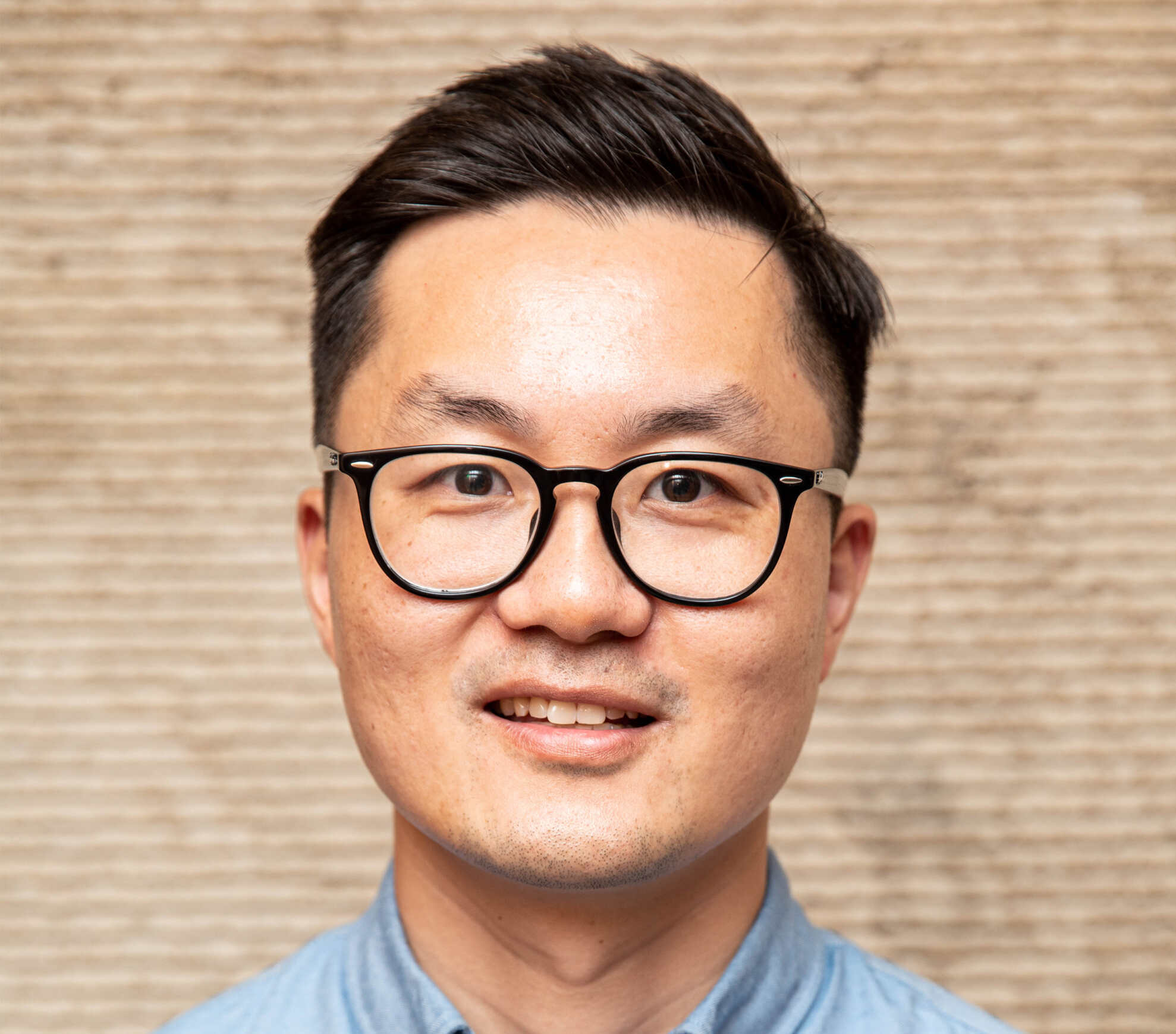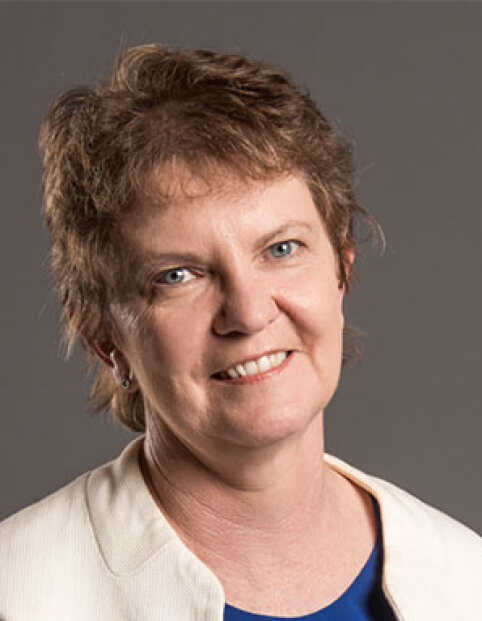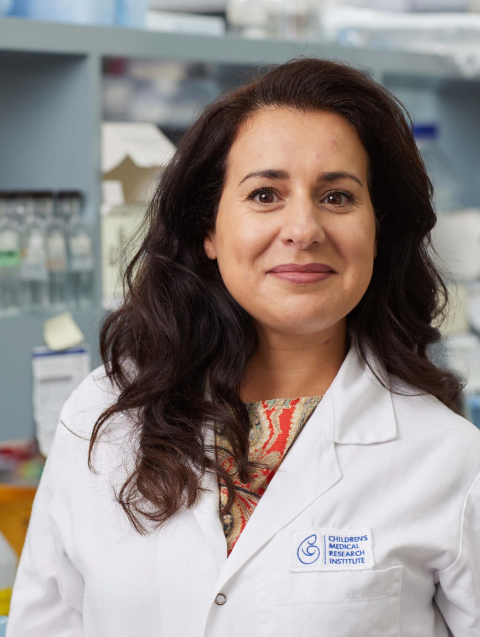Project Aim
Müller glial cells are type of support cell, or retinal glial cell, located in the retina that help maintain normal eye function. When the retina is stressed, such as from bright light exposure or damage to other cells in the eye, Müller cells become activated and go through changes called reactive gliosis. This can involve increased cell growth, abnormal branching, and changes in the production of certain proteins.
Sometimes reactive gliosis can be helpful and protect the remaining cells in the retina. Müller cells release substances that support the survival of other neurons. However, in some cases, the growth of Müller cells can create scar-like structures that prevent the retina from healing and regenerating properly.
In this project, our aim was to explore a non-invasive therapy called photobiomodulation. This therapy uses light of a specific wavelength, particularly near infrared light at 670nm, to stimulate cellular responses that promote tissue regeneration. We aimed to investigate how near infrared light affects Müller cells both in lab cultures and in a model of retinal degeneration caused by light damage.
By understanding the effects of near infrared light on Müller cells, we hope to gain insights into how this therapy can potentially improve the health of the retina and reduce inflammation. It’s all about finding ways to support the cells in our eyes and promote healing and regeneration.
Project Results and Impact
In the first set of experiments, it was discovered that 670nm light, which is a specific wavelength of light, did not harm Müller cells when they were grown in a lab culture. This was true whether the cells were under normal conditions or experiencing stress due to the absence of certain nutrients in the growth media. In fact, the 670nm light actually reduced the growth and movement of Müller cells.
Regarding the second objective, it was observed that exposure to bright light led to a rapid loss of photoreceptor cells in the retina. Interestingly, there was a greater amount of cell loss in the upper part of the retina compared to the lower part after 24 hours of exposure. This area of intense tissue damage was located at the center of the visual axis, which is similar to the macula in human eyes. The damage in this area became more severe over time, even after the bright light exposure had ended, suggesting a continuous process of cell death in the most affected region.

Chief investigator:
Associate Professor Krisztina Valter-Kocsi
Australian National University, Canberra
Co-investigator/s:
Michele Madigan, Save Sight Institute, Sydney
Grant awarded:
$50,000 (2012)
Research Impact Reports
Virtual Reality Assessment of Functional Vision in achromatopsia
Project Aim This project aimed to develop and validate a virtual reality (VR) mobility task...
Advancing Usher syndrome type 1B gene therapy with split intein
Project Aim Usher syndrome is the leading cause of combined hearing and vision loss worldwide....
Therapies for currently untreatable autosomal recessive IRDs
Project Aim This project aims to develop gene replacement therapies for autosomal recessive (AR) inherited...
Establishing novel AAV gene editing for Usher Syndrome
Project Aim The aim of this project was to establish proof-of-concept for a new type...




